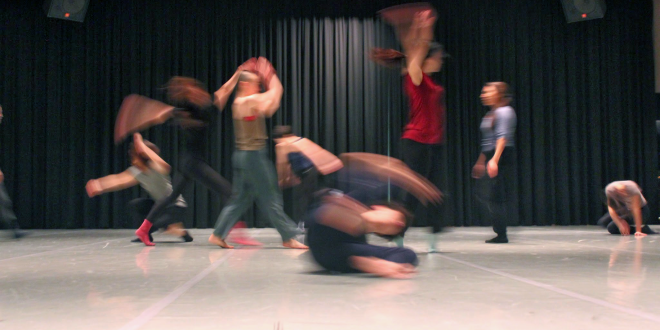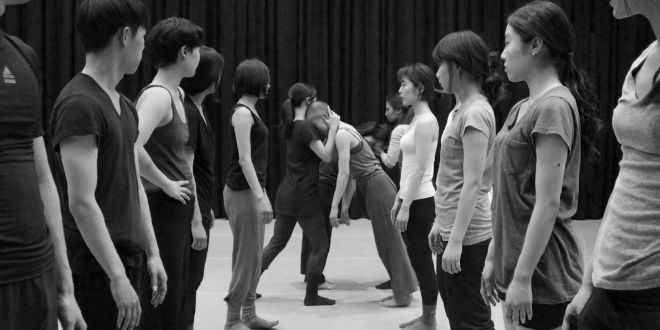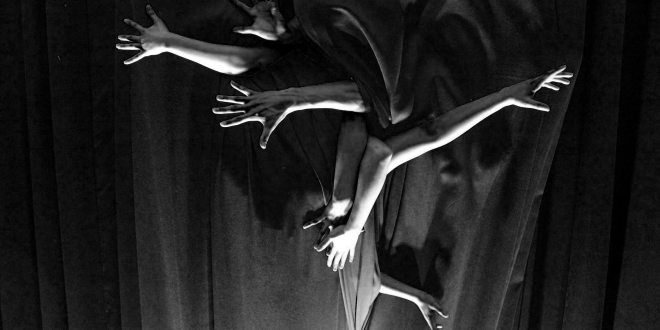K-ARTS
10 Rules for Students and Teachers
학생 자원 Student Resources
기술 Technique
Alexander Technique *
The Feldenkrais Method *
*see sources at k-arts library
안무 Choreography
Susan Rethorst
A choreographic mind:
Autobodygraphical writings
the dance’s premise and content will be made manifest through the making, … I will arrive at where I want to go, at what I want to be doing with this dance by following my dance’s lead. … the ideas that are in me inform what I do and make, even as I am unaware of how that is operating. How what lies under my conscious decisions is leading those decisions. … working in such a way will add layers to [the dance], i.e., the dance will engender knowledge … my dances are smarter than I am.
On seeing, hearing, sense perception, practices:
Mary Overlie
Six viewpoints
Anne Bogart
A director prepares
https://www.youtube.com/watch?v=TBXv37PFcAQ
Boredom is a function of attention. We are learning new modes of attention — say, favoring the ear more than the eye— but so long as we work within the old attention-frame we find X boring … e.g. listening for sense rather than sound (being too message-oriented). Possibly after repetition of the same single phrase or level of language or image for a long while — in a given written text or piece of music or film, if we become bored, we should ask if we are operating in the right frame of attention. Or — maybe we are operating in one right frame, where we should be operating in two simultaneously, thus halving the load on each (as sense and sound).
We Are Not One / Weather Vein
working title
Early Phrases 1
http://www.youtube.com/watch?v=4k2PMJw0Kpg
16 Floor Phrases
http://www.youtube.com/watch?v=86BVqWsxhug
Walking Pattern Phrase [I hope we can improve this]
http://www.youtube.com/watch?v=nxn2XqC-kdI
For students unfamiliar with the use of “Tasks”, games, and “pedestrian movement” in choreography:
Yvonne Rainer
[in the 1960s] Many of the elements she employed—such as repetition, patterning, tasks, and games—later became standard features of modern dance.
Walking Pattern
Practice the walking leading with the head. Here is a video for you to observe:
http://www.youtube.com/watch?v=nxn2XqC-kdI
Fugue (walking version)
http://www.youtube.com/watch?v=4imGYOfGGWs
Fugue – Score version: Walking, dancing, add pause and changing direction
http://www.youtube.com/watch?v=dn8HEEk7lQM
Early Phrases 1
http://www.youtube.com/watch?v=4k2PMJw0Kpg
Score: Implied Direction – Down, Up, Out
Score: Ask Permission, Take something, Give it back, Head to floor, Roll
Roll Down
http://www.youtube.com/watch?v=kUPC9q_lrZY
Walk, V Arms, Roll (Yura)
http://www.youtube.com/watch?v=PmiGeUxI92I
Slow Kneel
http://www.youtube.com/watch?v=epZQuBq5QnQ
Flat Worm, Rolling Elbow
http://www.youtube.com/watch?v=2hMmeIQktEI
Wiggly Man (Ja-Eun)
http://www.youtube.com/watch?v=iDTksIhHM3U
Spin, Carry (lift)
http://www.youtube.com/watch?v=McDUZGMhMNE
Scorpion, Windmill phrase (Ye-Suel)
http://www.youtube.com/watch?v=33ITnKD3kao
Monday 4/21/13 Instant Composition:
http://www.youtube.com/watch?v=uAm5Y3UoCk8
Bette Davis
I’m not entirely negative when I say that people should be warned before they set out to be artists: There is some glory in what I’m saying, which is that the process never ends. Neither does the fear and the insecurity and the fighting to be seen and to be as good as only you know you can be. It never becomes easy; it might at times be easier, but that passes. All artists are up against the people–the money people–who just want a product at the end of the day, something to sell. And the artist is trying to really make something of value, trying to be something of value. This is a fight I still have every time I work. And I think it is asinine that this is not stressed more to young people, but I think the schools are afraid that the truth would send all those young dreamers out the door with their tuition money. If I were teaching–God help us all–I would tell the truth: It’s going to be brutal, but you can make it glorious. And you’re going to have to fight.
–Bette Davis/Interview with James Grissom/1984
More Betty on dreams, goals and tasks, on regrets, on laziness, and on working toward greatness.



